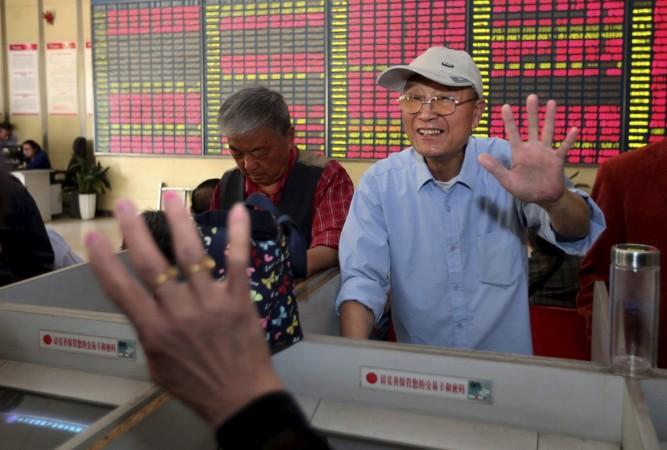
A sharp fall in the benchmark Chinese equity index has forced as many as 1,300 of the country's listed companies to halt trading to avert further losses in the value of their scrips.
The Shanghai Composite Index opened 7% lower on Wednesday before paring some of its losses to trade at over 5% down. The index was down 191 points to trade at 3,535 points.
The sell-off has also rattled the neighbouring markets, with Hong Kong stock market declining by nearly 5%. Chinese companies listed offshore have also seen heavy selling pressure.
The Chinese government has taken several steps to prevent the rout in the domestic stock markets, which include allowing state-owned insurance companies to invest more in the markets and keeping many initial public offerings on hold.
Despite these efforts, many blue chip companies saw selling pressure due to a halt in trading of shares of about 1,300 listed companies.
"Originally, many wanted to hold blue chips. But since so many small caps are suspended from trading, the only way to reduce risk exposure is to sell blue chips," Du Changchun, analyst at Northeast Securities, told Reuters.
Bloomberg reported that a minimum of 1,249 companies have put a freeze on trading of their shares, which accounted for 43% of total listed companies and 33% of total market capitalisation of Chinese companies.
In the past one year, the Chinese equity index rose more than 150%, supported by a massive increase in retail investor participation. Accounts held by retail investors in the Chinese stock markets nearly doubled since June last year, on the expectations of better returns.
However, the markets have been witnessing high volatility since mid-June. The Shanghai Composite Index declined by about 30%, as investors thought that a bull run will start fading, having lasted for one year.











